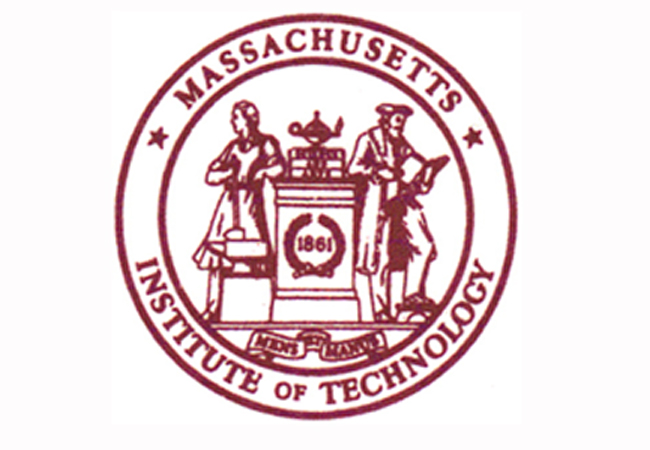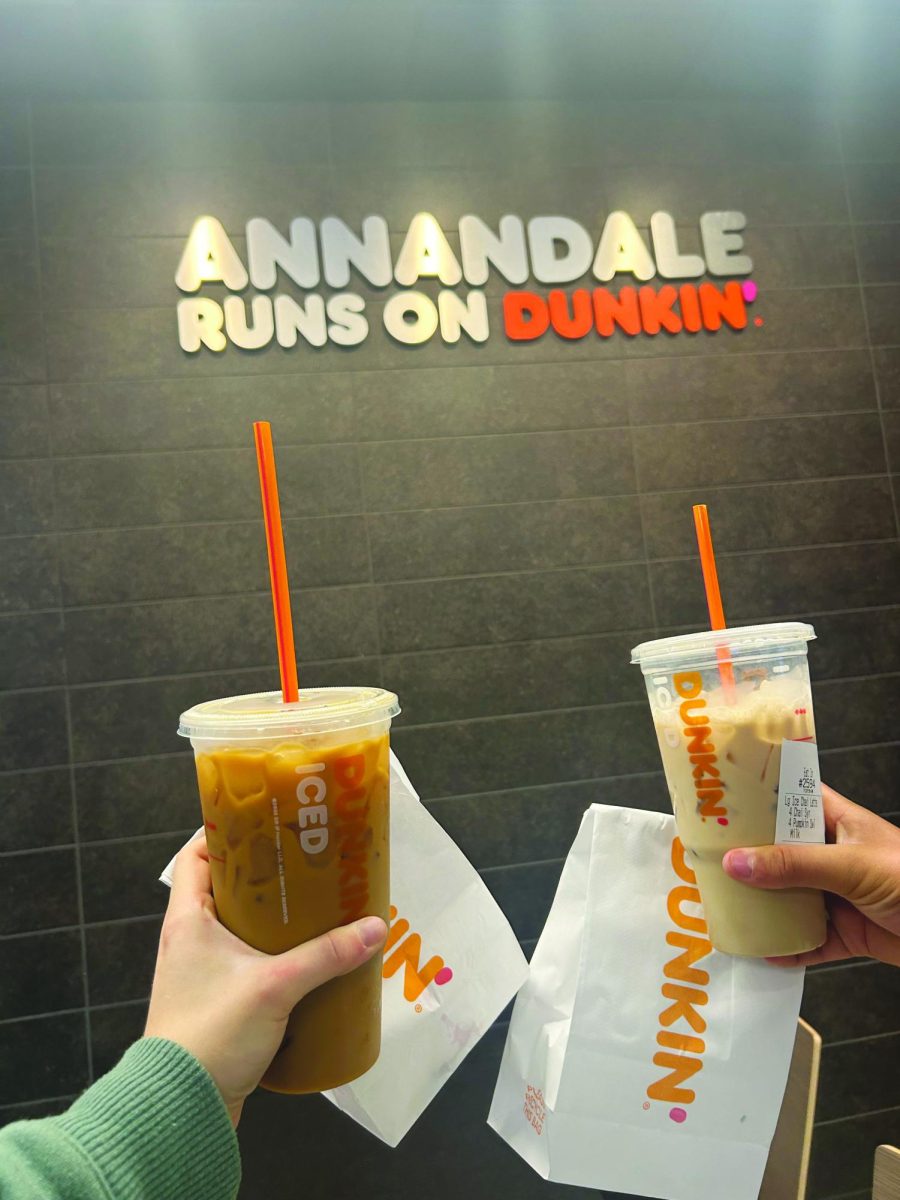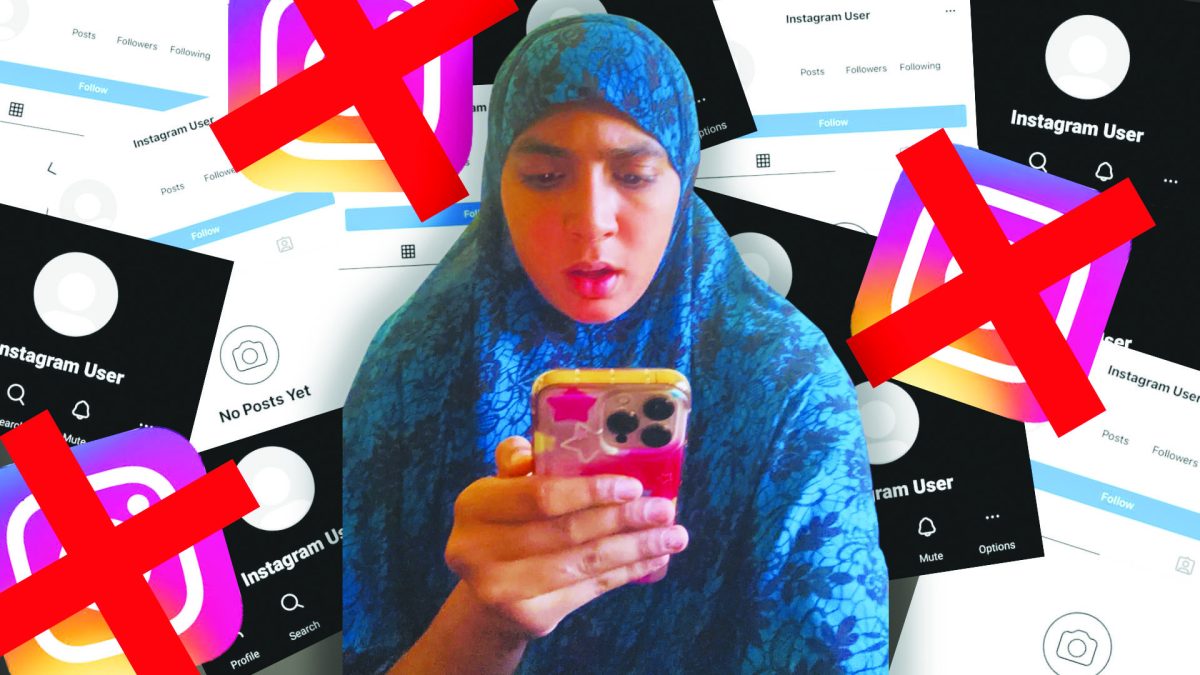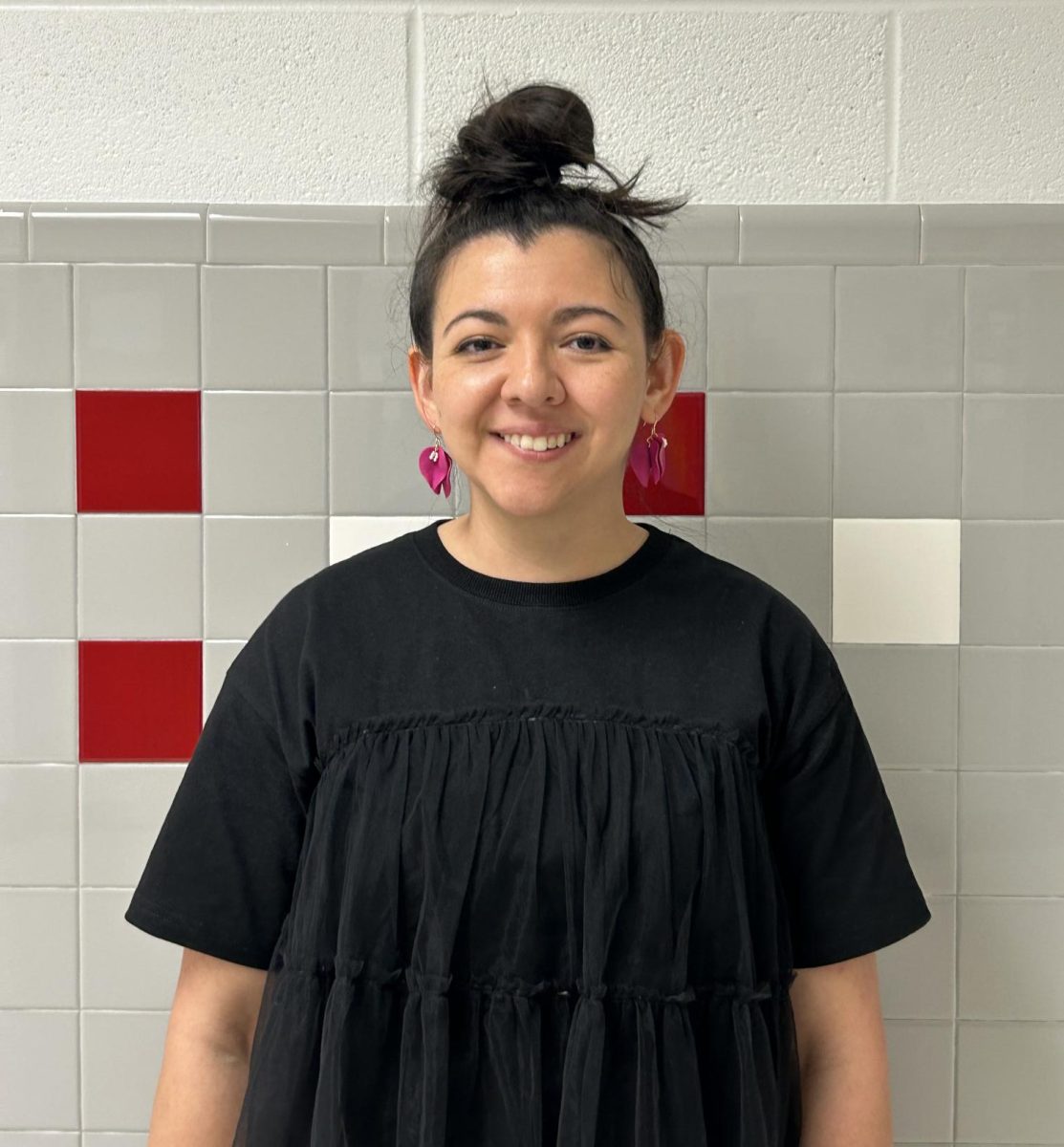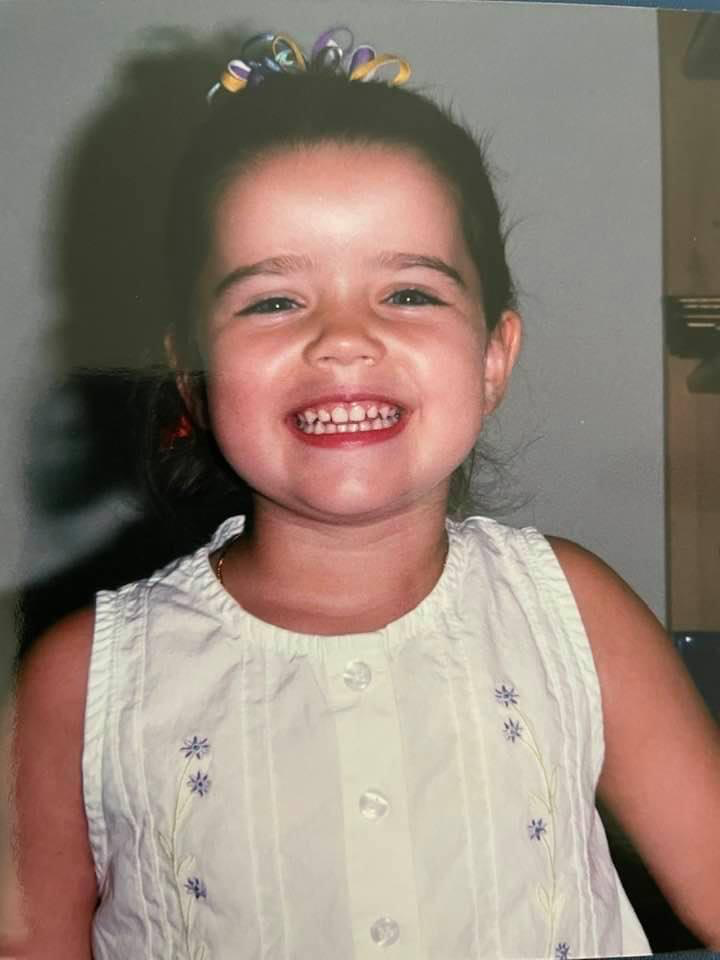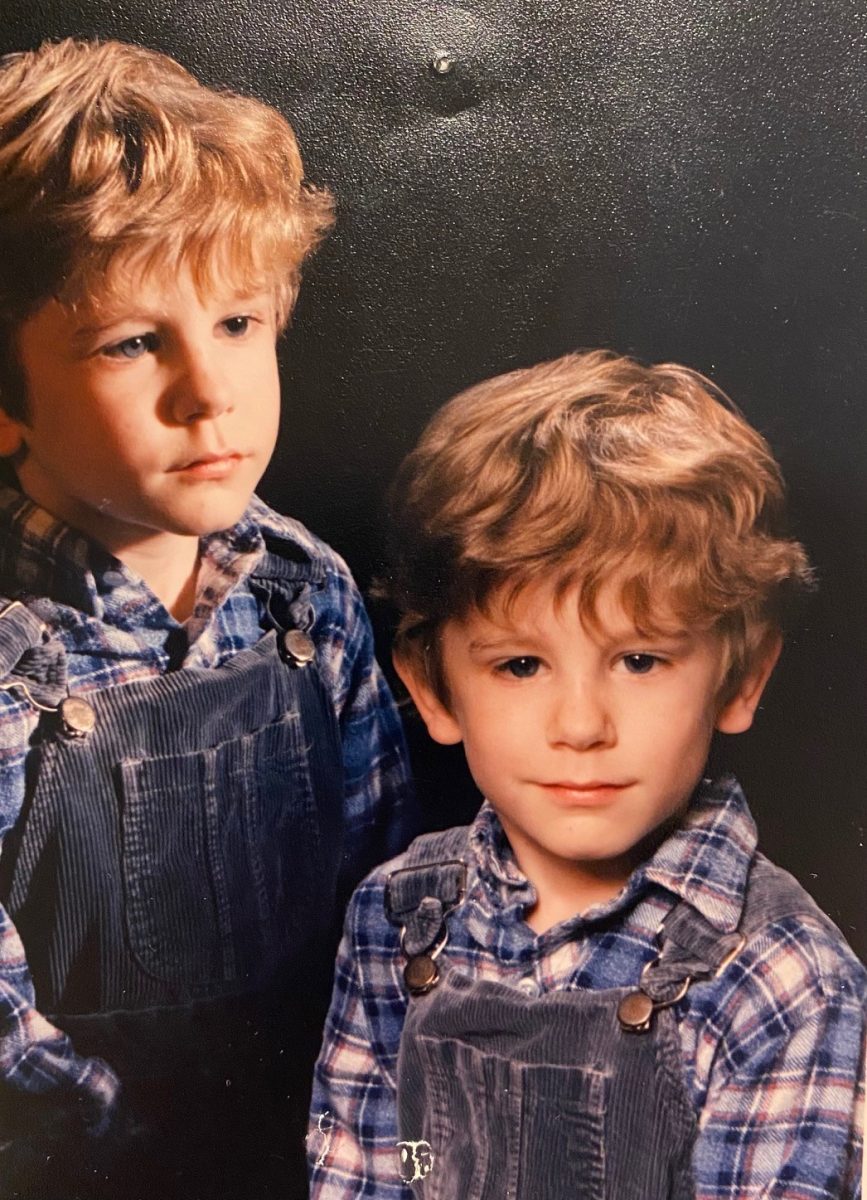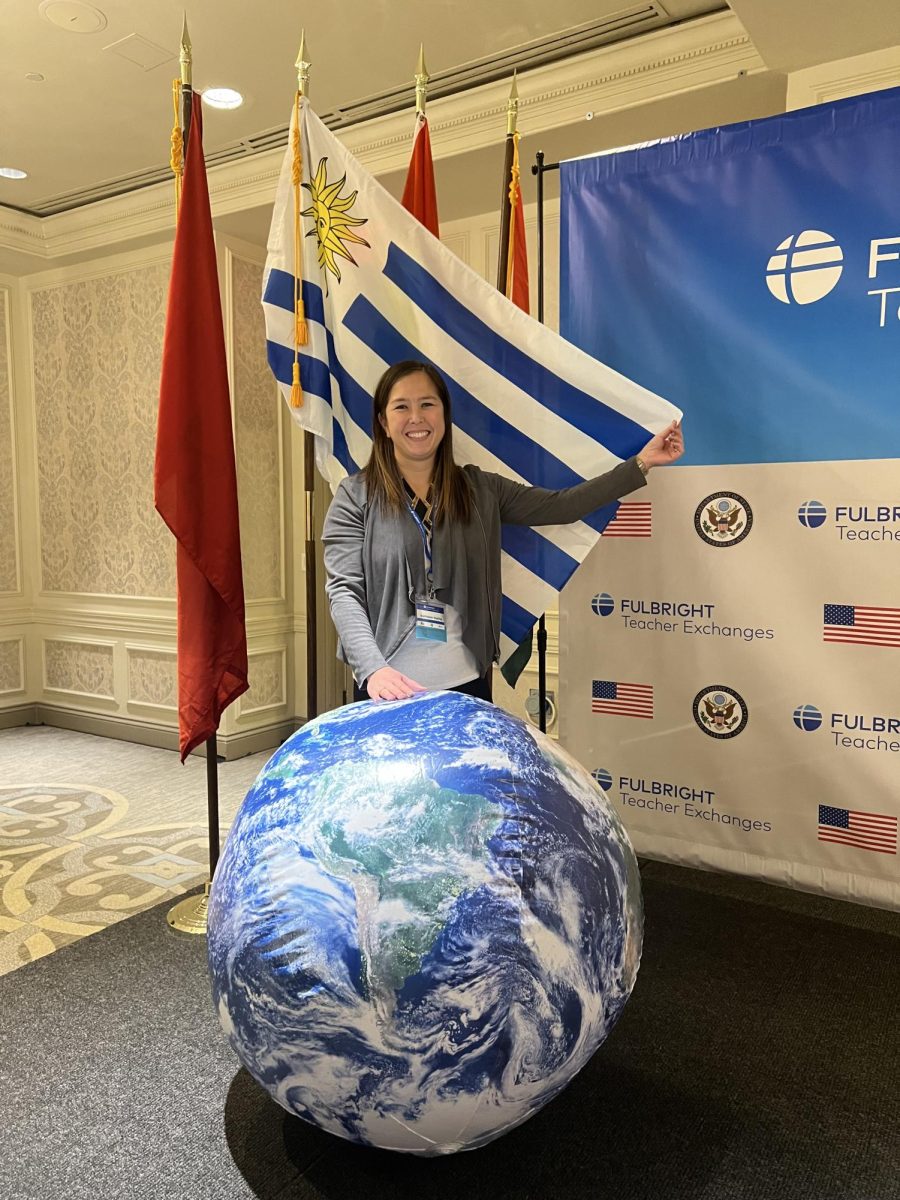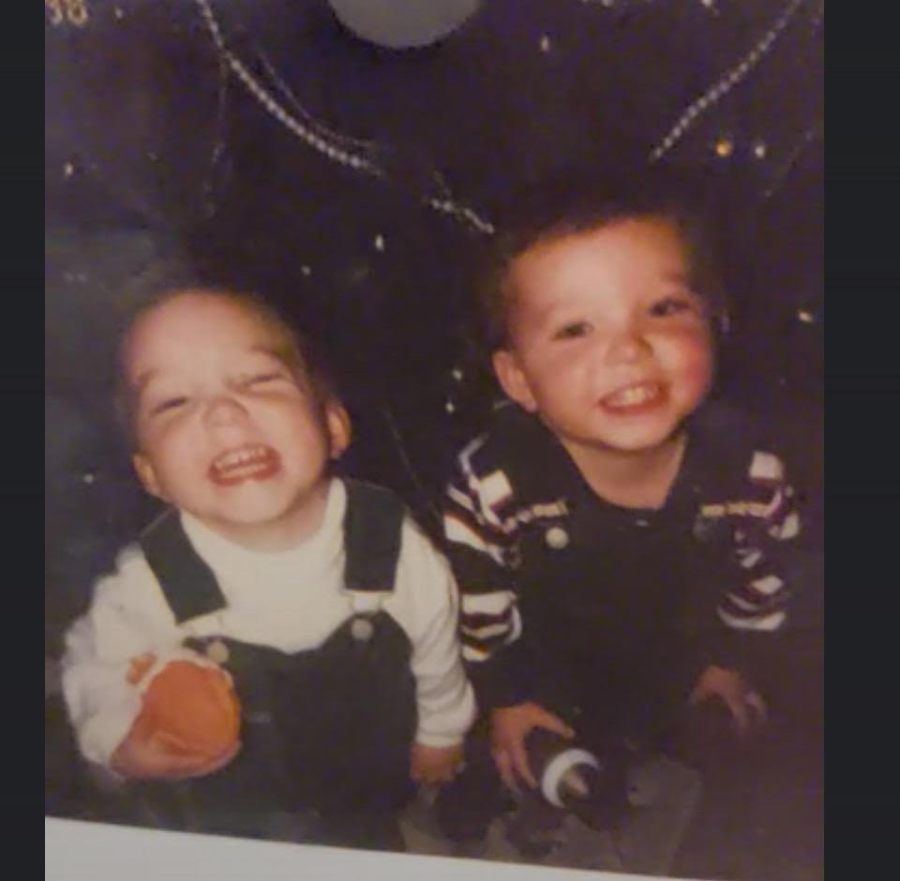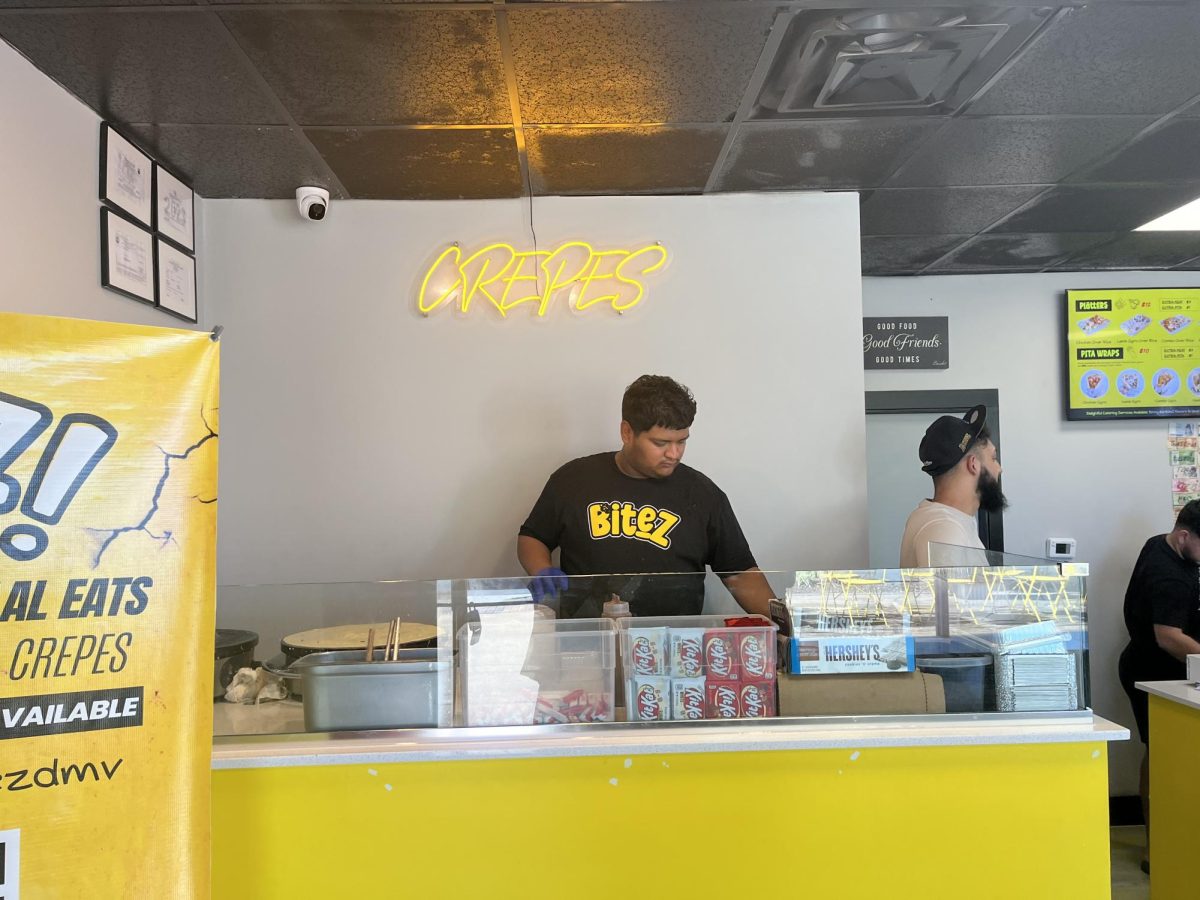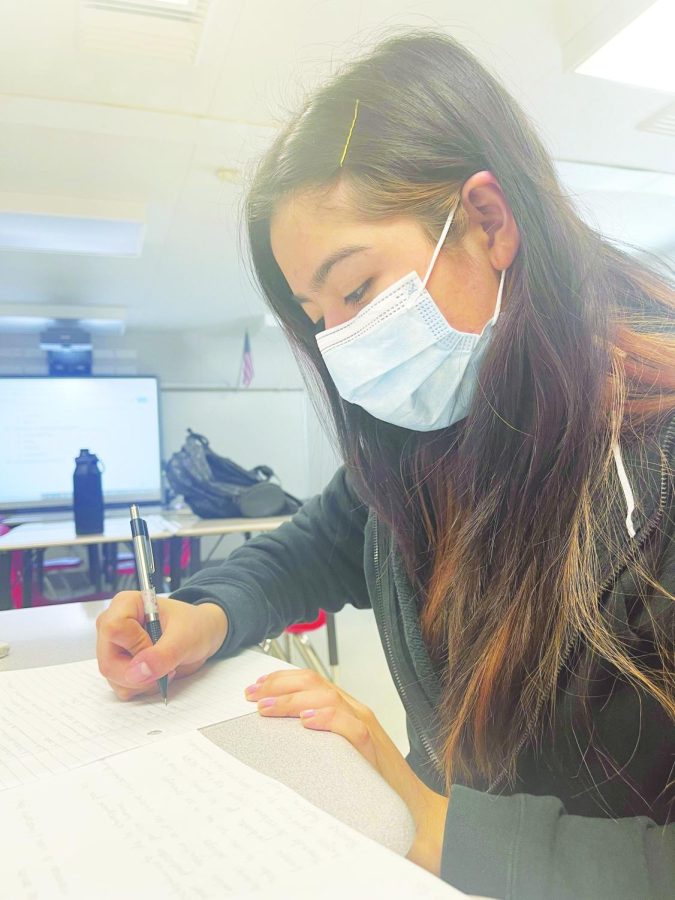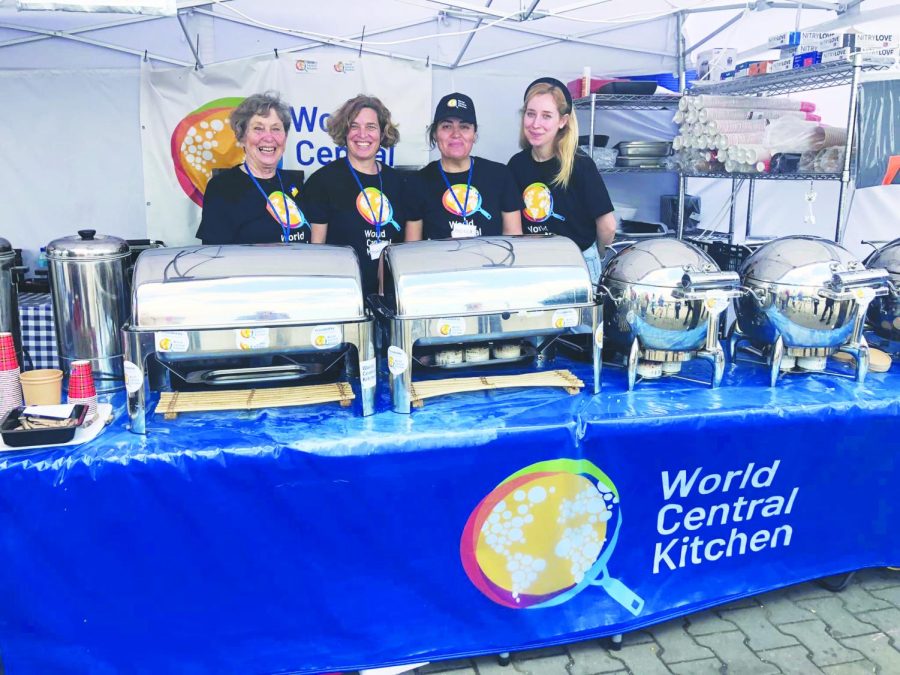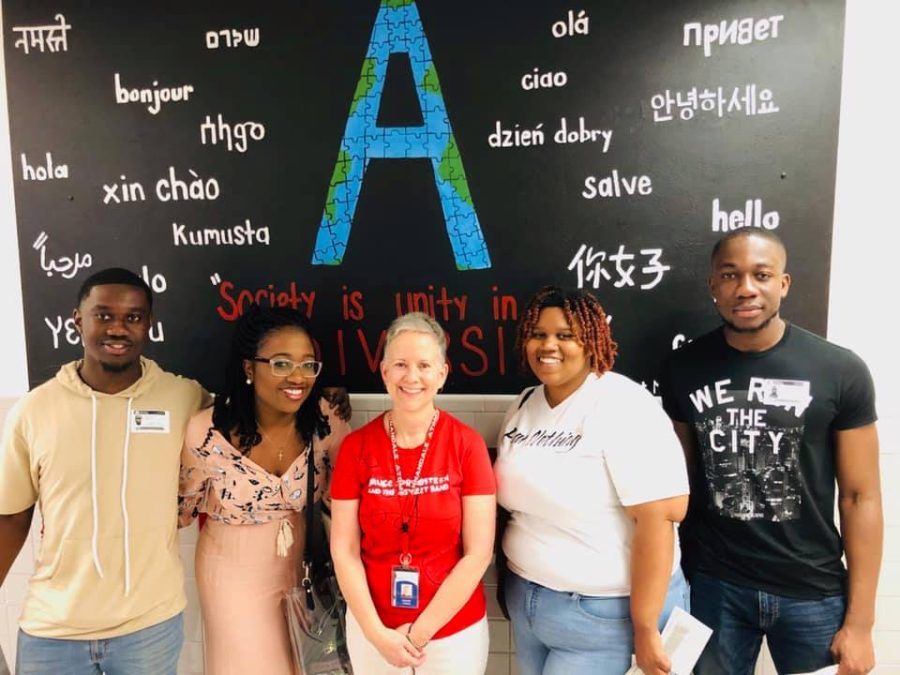Senior Kevin Kwok is the first AHS student to be accepted into MIT for several years. With accomplishments ranging from winning the regional science fair in the computer science division to programming for Khan Academy, it was no surprise to many that Kwok was accepted into the extremely selective research university.
“Kevin has a fairly above average SAT score, good GPA and he has done some really amazing real world projects,” senior Ben Vest, a close friend of Kwok’s, said. “I think [the acceptance] is awesome, and I’m happy for him. I’m sure he will go on to do amazing things.”
Kwok received the news at 12:15 p.m. on Dec. 15 at a friend’s house.
“I sat next to Thien’s couch and mashed the refresh button and I had my clock synchronized the day before to the official US time,” Kwok recalls. “It turns out they don’t actually update your decision if you mash the refresh button. So it was delayed by 15 seconds. It was 12:15:15, 15 [when I found out], but then I saw the letter. Sometimes you forget the English language, and you see these glyphs arranged in front of your eyes, and you have no idea how to make sense of it.”
A friend read the letter to Kwok, excitedly explaining that he had been accepted into MIT.
“He looked like a deer in the headlights,” Vest added.
“The day was surreal,” Kwok said. “I called my dad, my mom, uploaded a status on Facebook and contacted my teachers and friends.”
Originally, Kwok didn’t expect to be accepted, and wasn’t even sure about applying. “I never expected to be able to attend MIT,” Kwok said. Several friends pushed Kevin to apply.
“It takes a village to get Kevin to do anything,” senior Nicholas Ursini said. “So we all had to come together to get him to apply.”
Encouragement from friends is a common theme throughout Kevin’s life. Kwok’s beginnings in the [technology field] started because of a friend forcing him to attend a summer class.
“I had a programming summer class in the summer of 5th grade at GMU [that a friend dragged me along to]. It was the first time I was on a university campus,” Kwok said.
Kwok created something called Ajax Animator, which is basic animation software because “I felt a pervasive moral regret from infringing the copyright of a poor multimillion dollar conglomerate [pirated flash after free trial ran out].”
Surely after middle school, Kevin expected to move on to Thomas Jefferson High School of Science and Technology (TJHSST). “A lot of people go to TJ from Frost (20 per year) from a class of 120 people. I was under the assumption that TJ would be the logical next step, it was definitely a surprise to get rejected from TJ twice.” The first time Kwok was ranked in the 50th percentile on the admissions test, and the second time was based on his PSAT score.
The second time he applied was an imperative moment during 2011. “It was the highlight of the year. [But then] I got rejected on July 4th and cracked my iPhone too.”
Despite not being able to attend TJ, Kwok has never been held back from devising new strategies, beginning with Shiny Touch.
Kwok devised the Shiny Touch, an alternative touchscreen that many people are familiar with today. It was created by obtaining a sheet of acrylic, attaching LED lights and poking it with a wet finger. Instead of complicated sensors to identify movement, the Shiny Touch uses simple camera technology utilizing light and the distance of an object, such as a finger, from a screen.
In 10th grade Kwok entered it in the science fair and went to states, receiving a $250 cash prize. “Part of it was compensating for an inferiority complex that started after my rejection from TJ. I kept a journal called “a chronicle of a diminishing intellect” that I started the last day of 8th grade.”
Regardless of the low self-esteem, Kwok was approached by Khan Academy (an online educational aid) to use his program to improve the quality of learning. The organization had developed an interest in Vector Editor, a program that Kwok describes as a “spin-off” of Ajax Animator. “Khan Academy needed something that would draw shapes, and they were interested in basing it off of [Vector Editor], so they emailed me,” Kwok said.
He explained that he learned calculus by using the program, and offered to design a program for Khan Academy that soon became known as the scratch pad. “They still use it to this day,” Kwok said. On the Khan Academy website, Kwok is credited under the name “antimatter15,” a name that has its roots in his elementary school dream to become a physicist.
Kwok also went to the Virginia Governor’s School for mathematics, science and technology after his sophomore year where he met Robert Jones, a fellow sophomore at Maggie L. Walker who would prove instrumental in pushing Kevin to apply to MIT. “He forced me to apply,” Kwok explained.
During the summer program, Kwok was given the opportunity to work with heavy water (deuterium oxide) and lasers.
Kwok was not able to take on the full course load for the IB Diploma because he couldn’t take IB Latin because of his difficulties with languages. In fact, he attended Chinese school for four consecutive summers during elementary school, and re-took the kindergarten level each year.
However, Kwok decided to take IB Theory of Knowledge (TOK) after school, and ended up liking the class.
“[TOK taught me] how to discuss,” Kwok said. “There were basically three things that [would have] made me an IB Diploma Candidate- CAS, the Extended Essay and foreign language. I wouldn’t have minded writing an extended essay,” Kwok said. “I sort of wanted to write an extended essay, but I’m just not good at languages. I don’t know anything about CAS. I’m not qualified to evaluate its merits..”
Kwok decided to take IB Math HL, IB Physics SL, IB English, Latin 3, IB HOA and IB Computer Science during his junior year, and also took a Stanford University Artificial Intelligence (AI) class online during his first semester.
During the summer, he did an internship at the Naval Research Laboratory at the insistence of a friend from TJ, Will, who encouraged him to apply for it.
“It was cool because I got to use the knowledge I got from the Stanford AI class,” Kwok said.
He also attended the prestigious Google I/O at the Moscone Center in San Francisco.
Once his senior year began, Kwok only anticipated applying early to the University of Virginia (UVA). But at the insistence of his IB psychology teacher, Katie Gould, and several friends, he applied early action to MIT.
“One day Ms. Gould wrote a note on my desk that said I had to apply to MIT,” Kwok said.
Kwok heavily procrastinated on both his MIT and UVA application, submitting everything for UVA only four minutes before deadline.
“I pushed my MIT application almost a full week. One day I went the basement, locked myself in, plugged in my iPod and listened to Ratatat while drawing scribbles and writing out my essay drafts by hand, in pen,” Kwok said.
The next step was an interview at the Starbucks in Pentagon Row with a MIT alum who majored in bioengineering.
“I was scared during the whole thing,” Kwok said. He didn’t believe an interview would improve his chances for MIT.
Kwok was part of less than 10 percent of 6,500 students selected to attend the distinguished university, the most selective cut in years.
“Well, I think I am embarking on an unexpected journey,” Kwok said.



